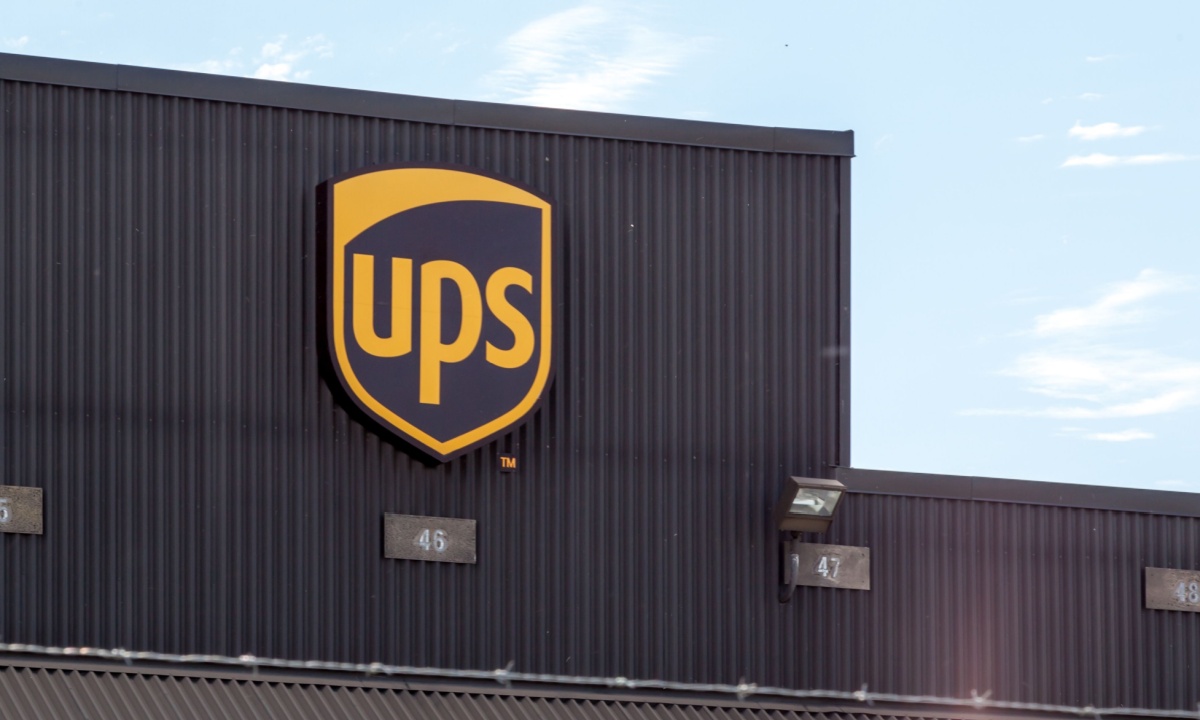UPS has announced a significant strategic overhaul, focusing on long-term logistics value rather than merely increasing shipping volumes. The shift, revealed in the company’s Q3 2025 results on October 28, emphasizes a stronger commitment to industrial shippers and healthcare clients, aiming to create a more resilient profit base amid ongoing global uncertainties.
Carol B. Tomé, CEO of UPS, stated, “We are executing the most significant strategic shift in our company’s history, and the changes we are implementing are designed to deliver long-term value for all stakeholders.” As the holiday shipping season approaches, UPS is poised to operate its most efficient peak season to date, continuing its reputation for industry-leading service.
This transformation comes as UPS consciously steps away from the high-volume residential shipping model that characterized the pandemic years. The company reported a 2.6% decline in domestic revenue for the third quarter, primarily due to an anticipated drop in volume. However, higher yields per shipment and robust demand for air cargo partially mitigated these losses.
International operations, in contrast, reported positive trends, with a 4.8% increase in average daily volume. UPS achieved an adjusted consolidated operating margin of approximately 10% during the quarter. This decline in domestic volume reflects a strategic decision to prioritize higher-margin, contract-based business from enterprise clients over lower-margin consumer shipments.
B2B Focus Drives UPS’s Reinvention
Amid the dominance of consumer-facing eCommerce in logistics narratives, UPS is redefining its growth trajectory through its business-to-business (B2B) operations. The company is recalibrating its extensive network to meet the needs of industrial and healthcare shippers, who increasingly seek comprehensive logistics partnerships rather than simple transportation services.
In its ongoing transformation, UPS has worked to reduce its reliance on its largest eCommerce customer, Amazon. The share of UPS’s total volume attributed to Amazon has declined since 2022. Initiatives such as “Transformation 2.0” and “Fit to Serve” aim to streamline operations by dismantling outdated management structures and investing in automation and data systems. Notably, in the first nine months of 2025, UPS closed 93 facilities and eliminated 34,000 operational positions, realizing $2.2 billion in cost savings.
These savings are being reinvested into enhancing B2B service offerings, including supply-chain visibility and healthcare logistics, which are critical for fostering deeper customer relationships and generating higher margins.
Enhancing Efficiency and Profitability
UPS’s strategic realignment is not merely a cost-cutting exercise; it represents a comprehensive structural repositioning designed to thrive in a logistics environment increasingly shaped by digital integration and supply chain resilience. While the U.S. Domestic Package division remains the largest by revenue, it reported an operating margin of only 4.2%, compared to an impressive 21.3% adjusted operating margin from UPS’s Supply Chain Solutions unit.
This division encompasses freight-forwarding, contract logistics, and brokerage services, showcasing resilience despite a 22% revenue decline following the divestiture of Coyote Logistics in 2024. This margin strength highlights the profitability of UPS’s B2B operations, which, although less visible than its iconic brown trucks, are crucial for the company’s financial health.
Additionally, UPS is enhancing asset utilization by consolidating sorting centers and automating workflows. The company anticipates $3.5 billion in total year-over-year cost savings for 2025, which is comparable to its annual capital expenditure budget.
UPS’s Supply Chain Solutions offers more integrated customer relationships compared to traditional shipping contracts, often embedding its services directly into clients’ operations. This approach not only fosters recurring revenue but also strengthens UPS’s competitive position in industries where switching providers can pose significant operational risks.
As emphasized by Tomé, the healthcare sector remains a cornerstone of UPS’s growth strategy. This high-value segment has positioned UPS as a critical infrastructure provider for pharmaceutical companies, hospitals, and biotech firms, customers who tend to be less price-sensitive and more loyalty-driven than typical eCommerce retailers.
In summary, UPS’s strategic pivot reflects a calculated response to evolving market dynamics, aiming to enhance profitability and customer relationships while positioning itself as a leader in logistics solutions for essential industries.







































































